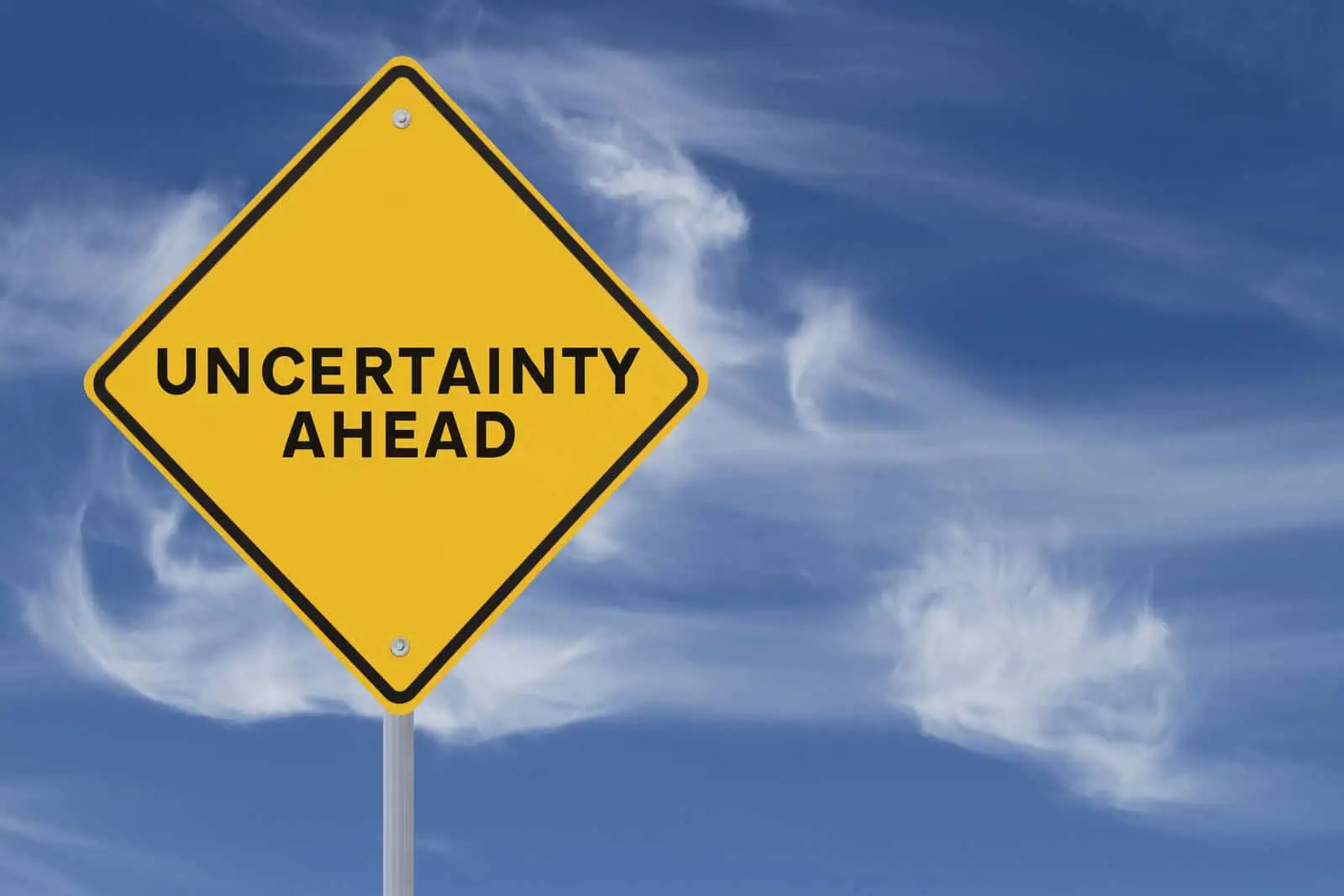I had a seminary professor say that if you wanted to do theology you needed to have a high ambiguity tolerance. What he meant was that so much of what we find in scripture leaves things open for interpretation. There’s much more gray than black and white. Therefore we have to be willing to live in the tension that this creates.
Making decisions is similar. The subject came up with a coaching client this week. We were talking about how much planning to do before committing to a course of action. Some people wait too long because they need to know all the details. Others move too quickly without doing enough planning.
This reminded me that we are constantly living in a tension between acting decisively and gathering as much information as we can to make the best decision possible. Here are four guidelines, I find helpful.
Know what success looks like. As Stephen Covey said, “Begin with the end in mind.” You don’t have to have all the details of a successful outcome, but you do need to have a fairly good idea of what it will look like if you’ve achieved your goal. Don’t spend an excessive amount of time on this but spend enough to help set your course of action.
Determine what is more important speed or a successful outcome. More importantly this means measuring the downside risk if your outcome is unsuccessful. To the extent that a poor outcome could do serious damage and have lasting results, you’ll want to plan more carefully.
Last spring we had to decide if we were going to run summer camp at the ministry I serve. The downside risk was huge. Moving forward meant hiring and training staff, as well as ordering materials. If we made the wrong decision, we risked financial disaster if families didn’t feel comfortable sending their kids to camp or, worse yet, pandemic conditions mandated we shut down camp entirely. I devoured every scrap of information from the CDC, American Camp Association and our state health department to help guide our decision. Making the right decision might not make our ministry but making the wrong decision could break us.
On the other hand, if speed is important then you don’t want to be held back by paralysis of analysis. The concept of agile design emphasizes moving quickly in small steps, learning rapidly and adjusting on the fly. This is a great approach when speed matters.
Focus most of your energy on taking the best first step possible. One of the Hallmark concepts of David Allen’s “Getting Things Done” productivity methodology is to ask the question, “What’s your next action?” This is important when committing to a direction because taking the first step is the hardest thing to do. If you think through what next action is most likely to move you toward your desired outcome, even if the entire path is unclear, then you have a better chance of committing to getting started. As with the laws of physics, it takes more energy to get something moving from a standstill than to keep it moving.
Wait until the last responsible moment. I love this because I’m a procrastinator. If you are somebody who likes to act quickly and decisively, this can be more of a challenge. In any case, there is a moment that, beyond which, if you haven’t acted you will be assuring poor outcomes. That is the last responsible moment.
You may be able to move before this and still get to where you want to go. But if you wait until after you will pay the price. On the other hand, if you don’t wait until the last responsible moment you might be moving too quickly. You might not have certain information that you need to have. Like with many things, there’s a tension between moving too quickly and moving too slowly.
This was the approach we used when deciding if we should run summer camp. We had already decided to cancel the first three weeks of summer camp. However, we were hoping to run five weeks of camp beginning in July. We determined that we needed to decide by June 1. This was the last responsible moment. In the end, we did not run summer camp. It was the right decision as we were able to conserve our resources and pivot to providing outdoor activities for families.
I’ve learned that pandemic decision-making requires a high ambiguity tolerance. Like theology, there is much more gray than there is black and white. This creates anxiety. But if we are willing to live in the tension and do our best to think clearly using a few helpful guidelines, we have a better chance of making the best decision possible.
More importantly, in doing this we can help maintain a non-anxious presence for ourselves and the people we lead. This is what non-anxious leaders do.


